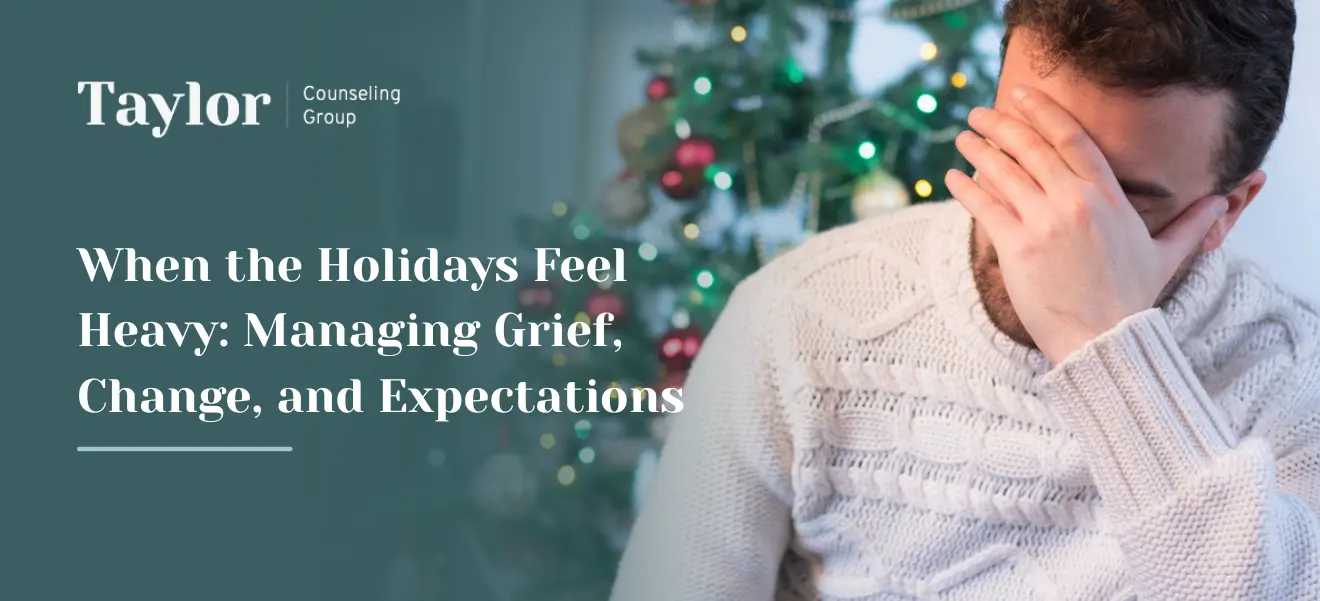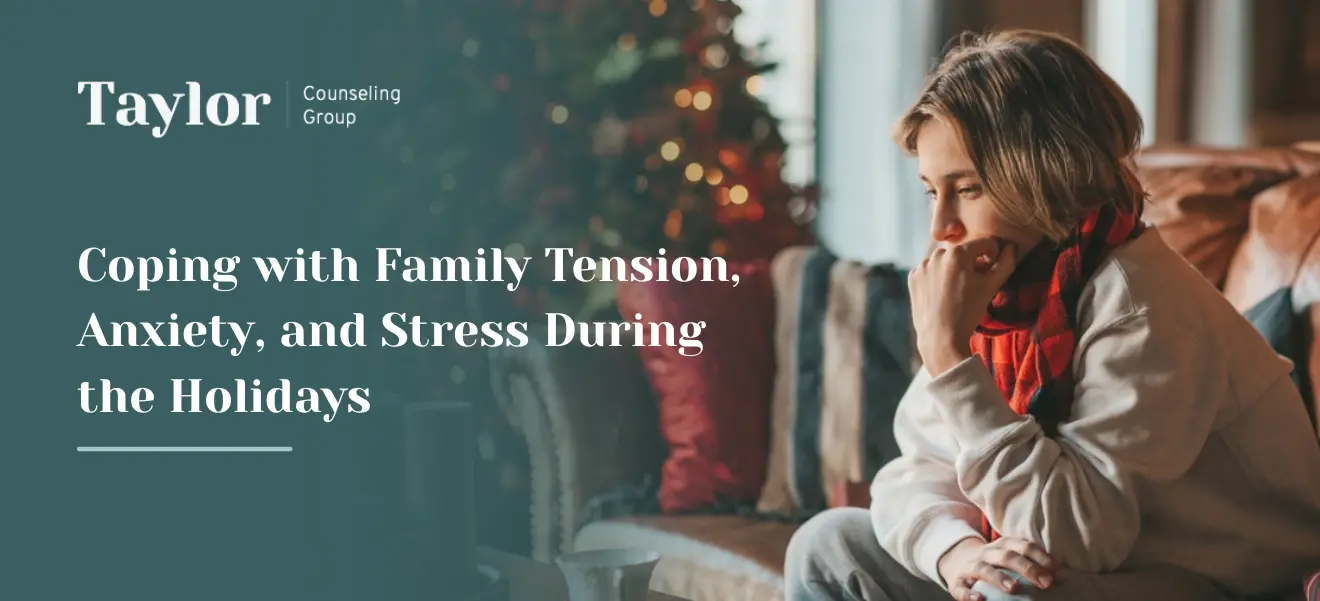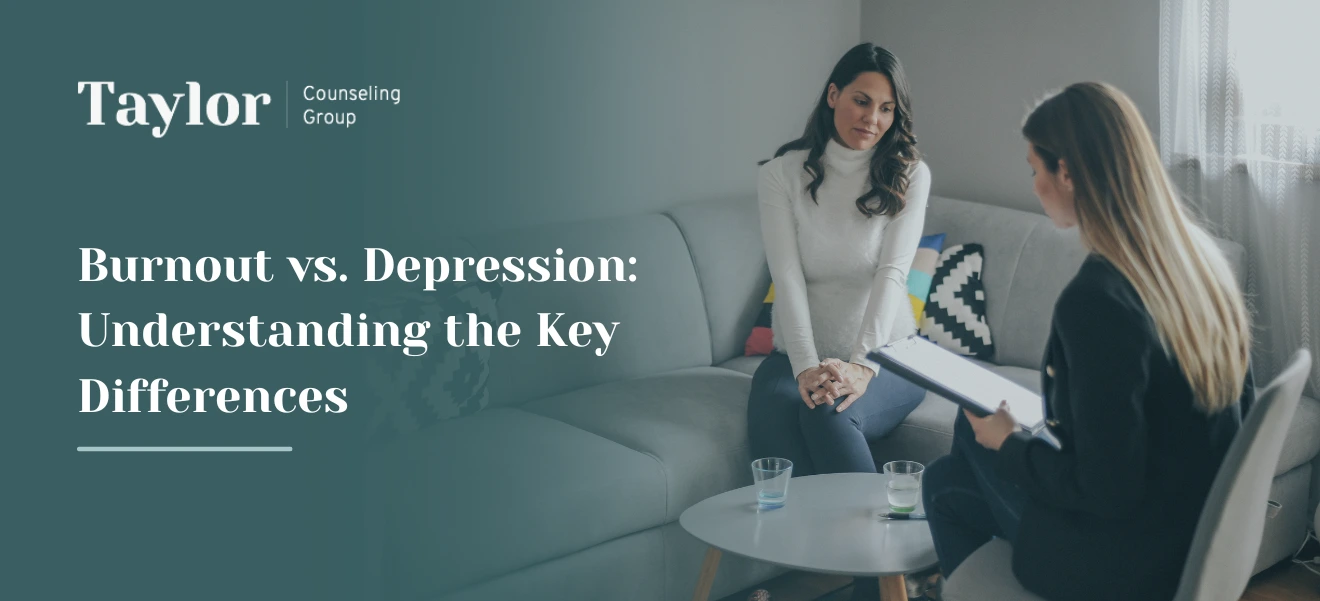At the onset of the pandemic, a little-known teleconferencing program called Zoom allowed businesses from every sector to continue despite social distancing measures. However, after months of remote work and online meetings, you may be noticing that Zoom and other video conferencing platforms have lost their appeal.
What Is Zoom Fatigue?
Zoom fatigue is video-call-induced exhaustion. While video conferencing platforms have proven helpful in the midst of a global pandemic, this form of technology can take a mental toll.
Before COVID-19, videoconferencing was less common, so employers had no idea about the potential cost this form of communication could have on their workers. Now, just the thought of hopping into an online meeting sends a shudder down the backs of many employees.
There seem to be four main culprits of Zoom fatigue:
- Excessive eye contact: Videoconferencing encourages excessive and unnatural eye contact. During an in-person meeting, people often glance at their notes or have a quick side conversation with a neighbor. When everyone is staring at the speaker, this can induce public speaking anxiety.
- Constant self-evaluation: The presence of a personal window where you can watch yourself can also be taxing and exhausting. Constantly staring at your own face and gestures can spur introspection and self-criticism.
- Limited mobility: Video chats mostly force you to stay in a fixed position, such as sitting at your desk.
- More mental effort: When interacting in person, people can pick up on most social cues intuitively. Zoom calls require more mental effort to understand nonverbal communication.
Signs of Zoom Fatigue
If you’re experiencing Zoom fatigue, you are not alone. Here are some signs that you may be struggling with this relatively new phenomenon:
- Anxiety when joining a video chat
- Tiredness between calls
- Constant feeling of exhaustion
- Increased fatigue at the end of your workday
- Daydreaming during video calls
- Overheating or feeling sweaty during video calls
- Eye strain
- Chronic headaches or migraines
Zoom Fatigue Solutions
Simple changes to your videoconferencing habits may help decrease Zoom fatigue. Here are some solutions you can try to reduce video-call-induced exhaustion:
- Hide the self-view window
- Make the onscreen window smaller to minimize other people’s face size
- Distance yourself from the webcam to increase your personal space bubble
- Occasionally turn off your camera and look away from the screen so that you’re not watching others
- Suggest periodic breaks during lengthy video call meetings so that you can look away from your screen
- Encourage people to walk or move around during meetings
- Schedule informal chats with other team members to stay connected
Find Fresh Perspective With Professional Counseling
If you find that you’re constantly exhausted or experiencing daily anxiety, then it may be time to prioritize your mental well-being. Professional counseling at Taylor Counseling Group can help you gain insight into the underlying causes of your mental, emotional or even physical symptoms. Get in touch with us today to learn more.






